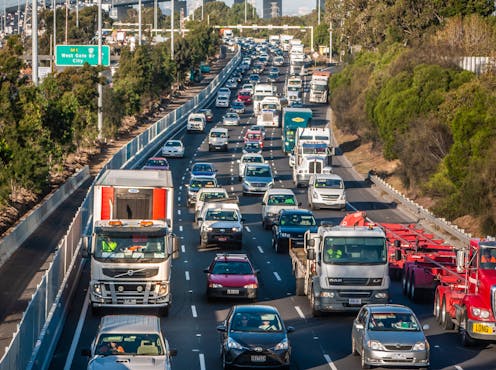Our population is expected to double in 80 years. We asked Australians where they want all these people to live
- Written by Julian Bolleter, Deputy Director, Australian Urban Design Research Centre, The University of Western Australia
 Shutterstock
ShutterstockAustralia’s population is projected to grow to over 50 million people by 2101. This will have enormous implications for the country’s long-term infrastructure planning and prized livability, particularly in the capital cities where most growth is occurring.
Our recently published research examined ways we can start...

















